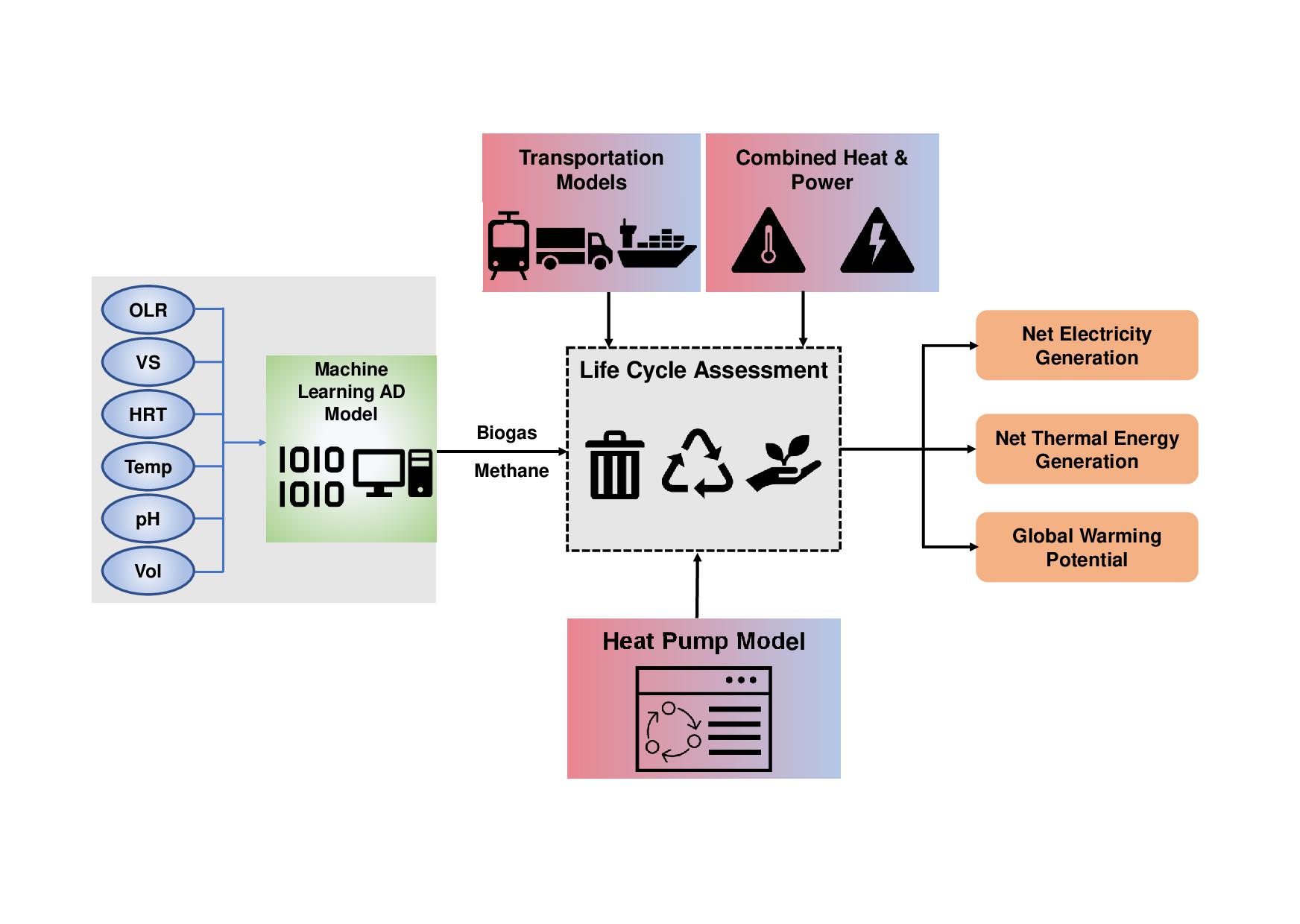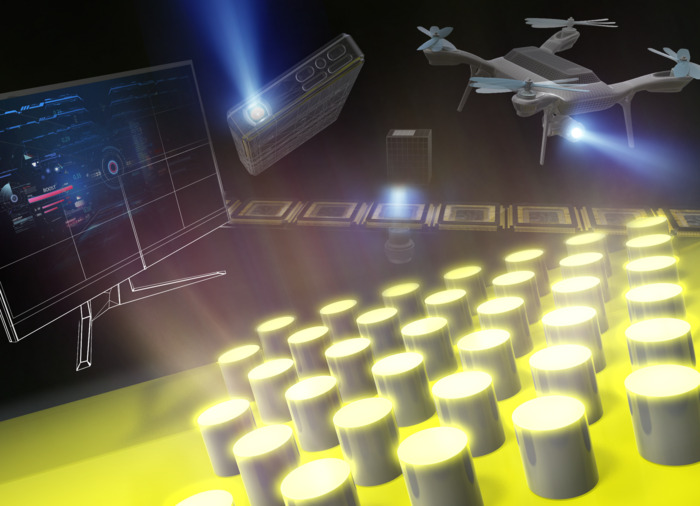
Image credit: Liam Pannier, Scopio
Robots and autonomous cars will have eyes that see much more than the human eye is capable of, a review of the growing field of meta-optics has found.
Meta-optics is advancing science and technology far beyond the 3000-year-old optical paradigm that we rely on for the visual human-machine interface, such as through cameras in our mobile phones, the lenses in microscopes, drones, and telescopes. Optical components are the technology bottleneck that meta-optics aims to transform, bringing the stuff of science-fiction stories into everyday devices.
The field, which blossomed after the early 2000s thanks to the conceptualisation of a material with negative refractive index that could form a perfect lens, has grown rapidly in the last five years and now sees around 3000 publications a year.
This accelerating volume of research is impossible for scientists and technologists to navigate, which prompted Nature Photonics to commission a review from leaders in meta-optics research, Professor Dragomir Neshev, Centre Director of the ARC Centre of Excellence for Transformative Meta-Optical Systems (TMOS) and Professor of Physics at the Australian National University, and Professor Andrey Miroshnichenko from UNSW Canberra.
They found the field was on the verge of industrial disruption.
“The biggest driver for the meta-optics field comes from integrating meta-optical elements and devices into optical systems, offering consumer optoelectronics applications,” the authors wrote.
“Importantly, meta-optical systems enable novel applications not conceivable before, adding to so-called Industry 4.0. Such applications include the Internet of Things, autonomous cars, wearable devices, augmented reality, and remote sensing.”
The importance of the technology is shown by the large-scale investment from big industry players such as Apple, Google, and Samsung, who have been hiring graduates and investing in the field, especially to develop vision applications.
But the authors note that beyond vision, the non-traditional characteristics of meta-optics could also be used for light sails, LiFi, and thermal management.
These characteristics come from meta-optics’ use of surfaces patterned with regular nanoscale structures, in contrast with the traditional optics of mirrors and lenses. The result is miniature components that scatter and manipulate light in ways that would have astounded Isaac Newton.
The first commercial components using these properties are already on the market, with companies such as Metalenz, NIL Technology, and Meta Materials Inc delivering flat metalenses, polarisation imaging, microscopy, and biosensing.
These devices also enable access to properties of light that the human eye cannot detect – polarisation and phase, for example – and even can be used to engineer, manipulate, and quantum states of light, that could be employed for quantum imaging, sensing, and communications.
But the authors also found challenges for the field. The first of these is the ability to scale up to industrial processes that are compatible with the current industry standard CMOS (Complementary Metal Oxide Semiconductor) manufacturing techniques – especially because most meta-optical components rely on a transparent substrate, which CMOS is not.
Secondly, they found the ability to make tunable or reconfigurable metamaterials to enable dynamic components – just as the pixels on a TV screen can change colour many times per second – was elusive.
“This is an unsolved problem that we put forward as the main challenge for the field. It’s the key element for the field, everybody needs it now,” Professor Neshev said.
“There is a misconception that it has been done – people do a small step and in their papers project to a faraway future. But no one can actually modulate the phase at a pixel level for a large array.”
If these challenges can be solved, than meta-optics technology has enormous potential, Professor Neshev said.
“As a platform, meta-optics is so flexible it can go into any product – for example, phones, computers, cars, satellites.
“It offers the ultimate in miniaturisation of optical components, for size, weight, and power; it enables a human device interface that’s not possible with conventional optics – such as 3D vision and augmented reality, that is really hard with conventional optics,” Professor Neshev said.
“And lastly, if we can modify the phase of light that passes through a component, then we will be able to do just about any image processing. That will be the big game changer.”
Original Article: Meta-Optics: The disruptive technology you didn’t see coming
More from: Australian National University | University of New South Wales
The Latest Updates from Bing News
Go deeper with Bing News on:
Meta-optics
- Meta’s Ray-Ban Smart Shades Get a Fresh Blast of AI
Plus: Leaked details tell us more about the new Google Pixel 8A, Freitag’s environmentally conscious bag is entirely recyclable, and it’s time to unpack a whole bunch of tech acronyms.
- Ray-Ban Meta encourages ‘living all in,’ seeing the world in style with smart glasses
An effortlessly cool protagonist showcases how a pair of stylish smart glasses makes mundane moments extraordinary.
- What the New Ray-Ban Meta Smart Glasses Mean for Travelers
Now that’s possible with updates to the Ray-Ban Meta smart glasses, according to Meta, the company that owns Facebook, Instagram, and Whatsapp. The big tech company said this week that it is updating ...
- Meta is still working on its AR glasses, and they’re supposedly pretty neat
Project Nazare, Meta’s fully augmented reality glasses, was first revealed in 2021. Now Meta’s Head of AR Glasses Hardware, Caitlin Kalinowski, has revealed a few more details about these AR glasses ...
- Exclusive: Meta's upcoming glasses are the OMG moment that AR needs
Our exclusive interview with the Head of AR Glasses Hardware at Meta, Caitlin Kalinowski, revealed new details about Project Nazare and what we should expect from Meta's first true AR glasses.
Go deeper with Bing News on:
Meta-optical elements
- Holographic displays offer a glimpse into an immersive future
Researchers have invented a new optical element that brings us one step closer to mixing the real and virtual worlds in an ordinary pair of eyeglasses using high-definition 3D holographic images.
- KLA (KLAC) Set to Report Q3 Earnings: What's in the Cards?
KLA Corporation KLAC is scheduled to report its third-quarter fiscal 2024 results on Apr 25. For the fiscal third quarter, KLAC expects revenues to be $2.34 billion, plus/minus $125 million. The Zacks ...
- Best VR Headset in 2024
Combining quality VR and affordability, the Meta Quest 3 is our favorite VR headset ... a wider 110-degree field of view, and other optical improvements make for a better viewing experience.
- Nanophotonics – harnessing light at the nanoscale
Nanophotonic elements continue enhancing the sensing ... atom-like control over light behavior using meticulously designed "meta-atoms" and "meta-molecules." This nano-optical toolkit enables ...
- Walmart’s Chief People Officer On Engaging And Growing Employees
Donna: I think the most important element is how you provide a pathway ... from frontline jobs to working as pharmacy technicians or optical technicians. These are life-changing careers for ...









